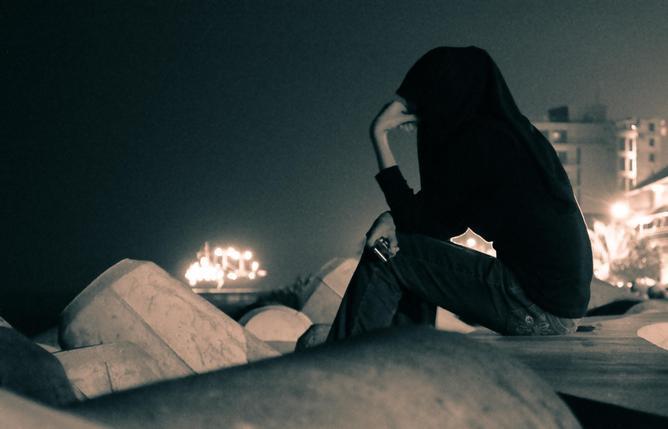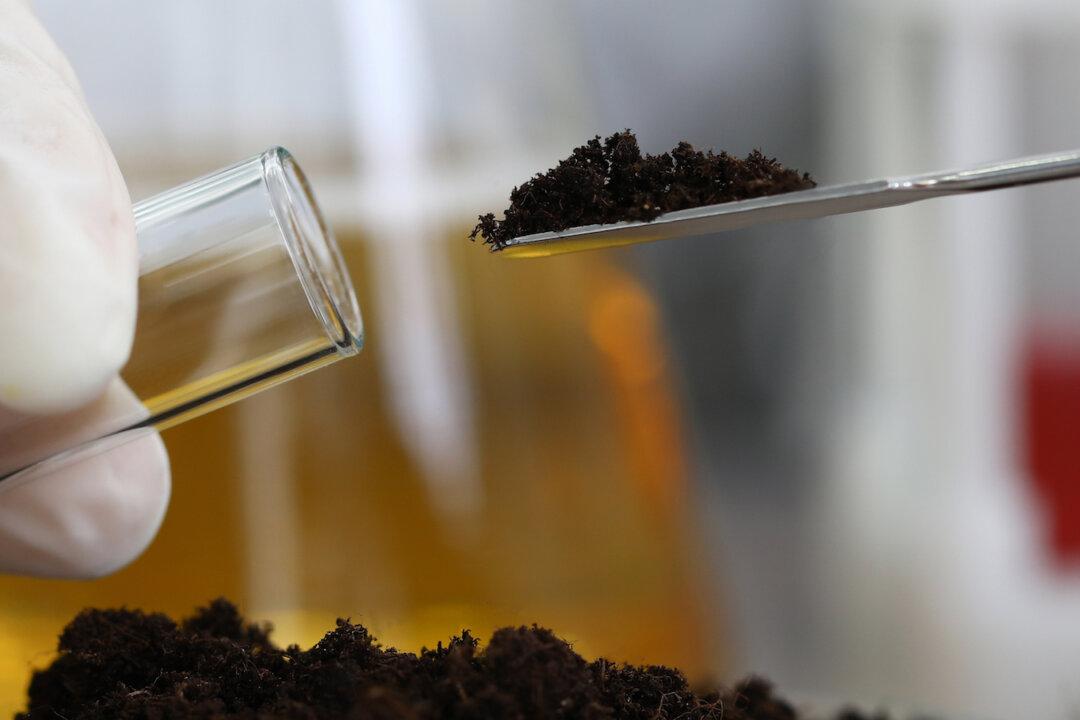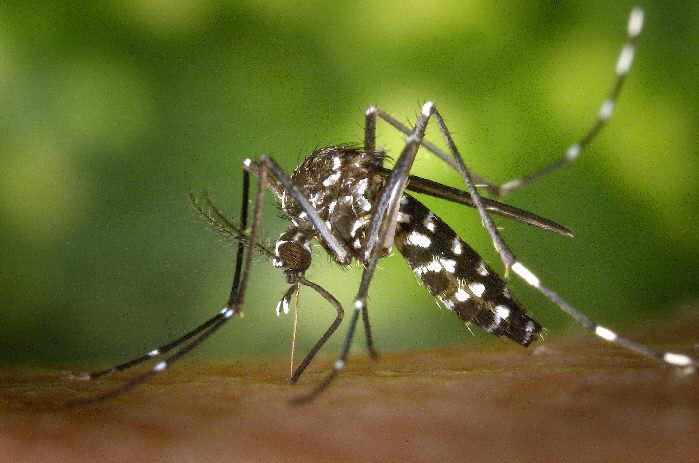Media technologies have operated as both a means of communicating news of a death and memorialising the deceased for a significant period of time, moving from traditional epitaphs, eulogies, wakes and inscription in stone to centuries-old obituaries printed and circulated in newspapers. So where are we now?
Digital commemoration emerged as the internet became readily accessible and an integral part of people’s communicative practices. Initially, during the 90s, it took the form of memorial websites hosted by the families and friends of the deceased.
But this earlier form of commemoration required some proficiency with HTML and content management systems. Therefore online memorials were relatively uncommon, were only authored by a limited number of people, and were fairly static, using only text and still-images
Since then, user-friendly Web 2.0 platforms have enabled digital commemoration to grow in popularity. People are now appropriating a range of social networking sites like Facebook to share in the digital commemoration of the dead. Our research into digital commemoration has found blogs created to commemorate loved ones; videos posted on video sharing sites such as YouTube; and repurposed and memorialised pages on social networking sites.
But what does it mean for the bereaved to be able to engage with a deceased person’s social media profile? Recent research has found that young internet users continue to visit and post to their dead peers’ sites, maintaining a social attachment with the deceased.
These interactions are not unexpected: they echo established social media conventions for connecting and sharing.
But socially networking with the dead carries wider implications. By engaging with the dead on social media we no longer sequester the dead in spaces away from the living. Instead, the dead are integrated into people’s ongoing social relationships.
While some specific memorial sites or services are set for private use by friends and family, others spaces (in particular, public social networking profiles) are not and can be publicly viewed and contributed to by strangers.
The deceased’s online presence therefore becomes distributed. With a large public of family, friends and strangers able to contribute to ongoing memory-making for the deceased, this can potentially generate conflict and require some level of posthumous profile curation.
In addition to these social engagements with the dead, research is considering the uncertain status of the dead online. This work not only explores how the dead are remembered, represented or related to through social media, but also how they persist and continue to participate as social actors within social media platforms.





